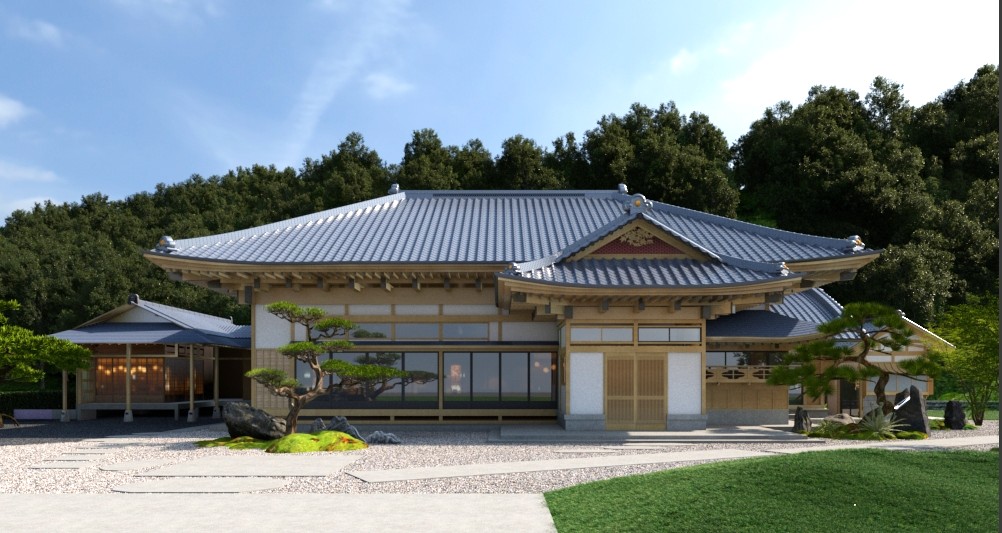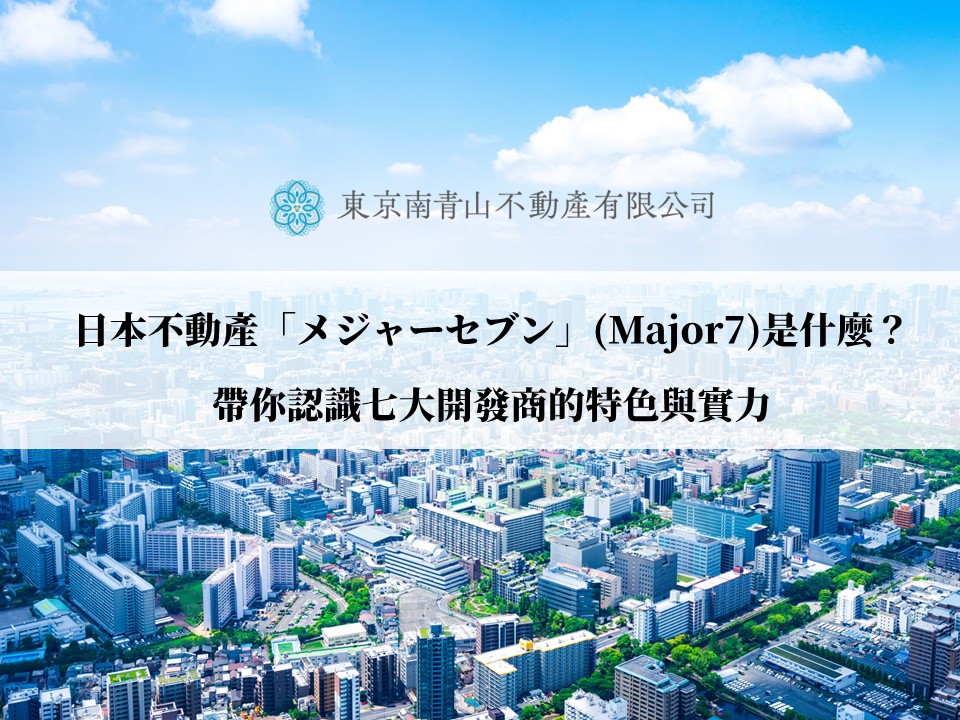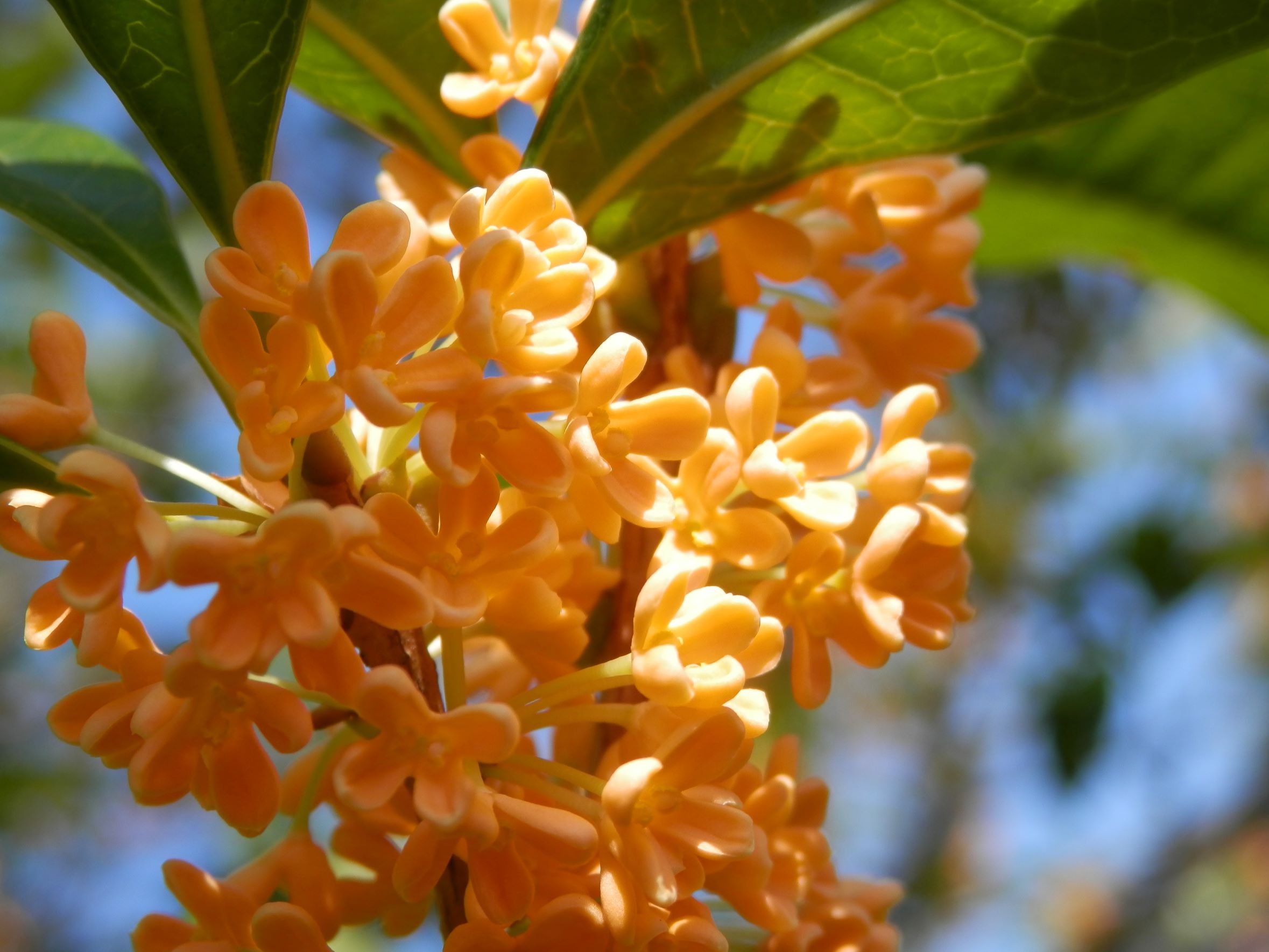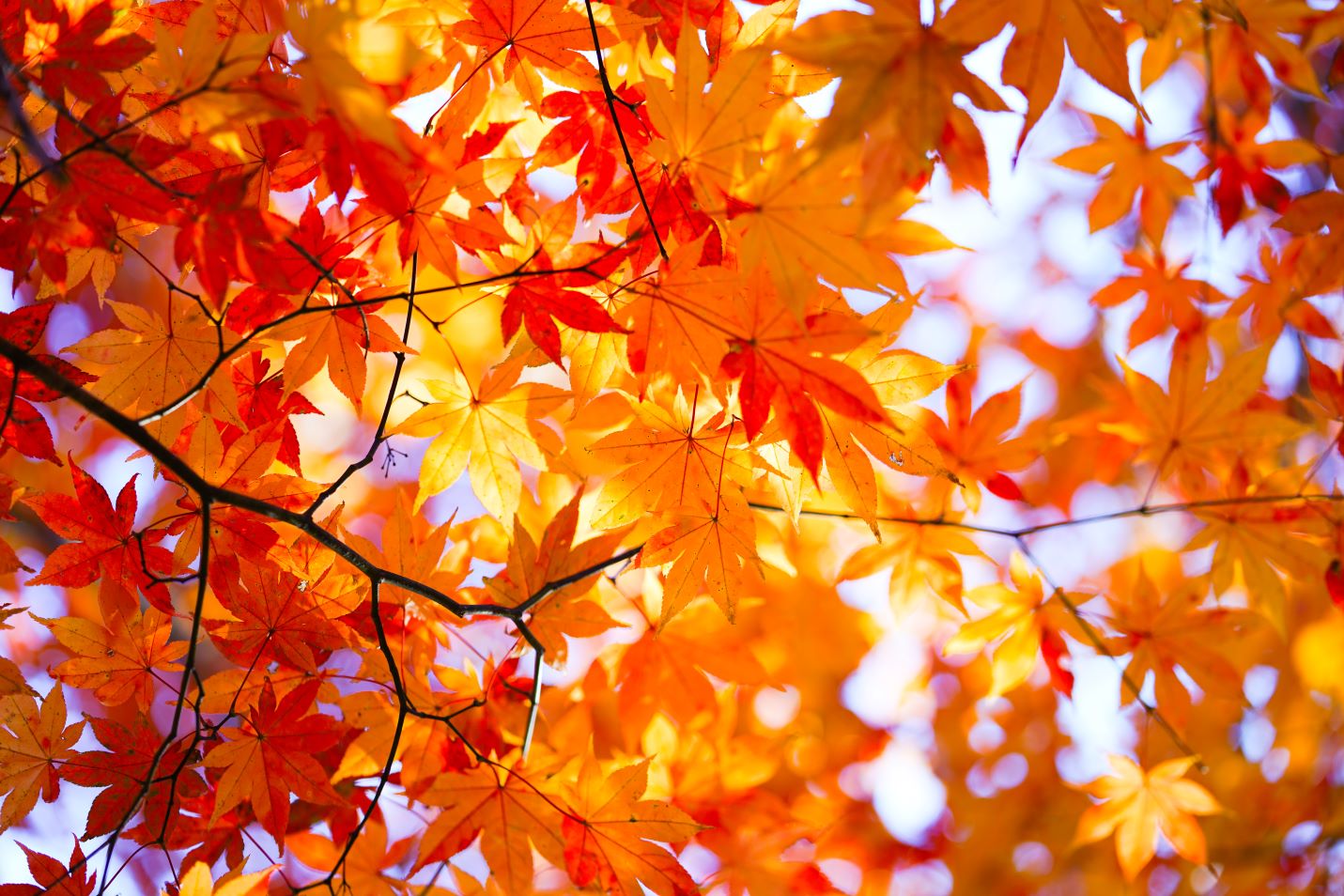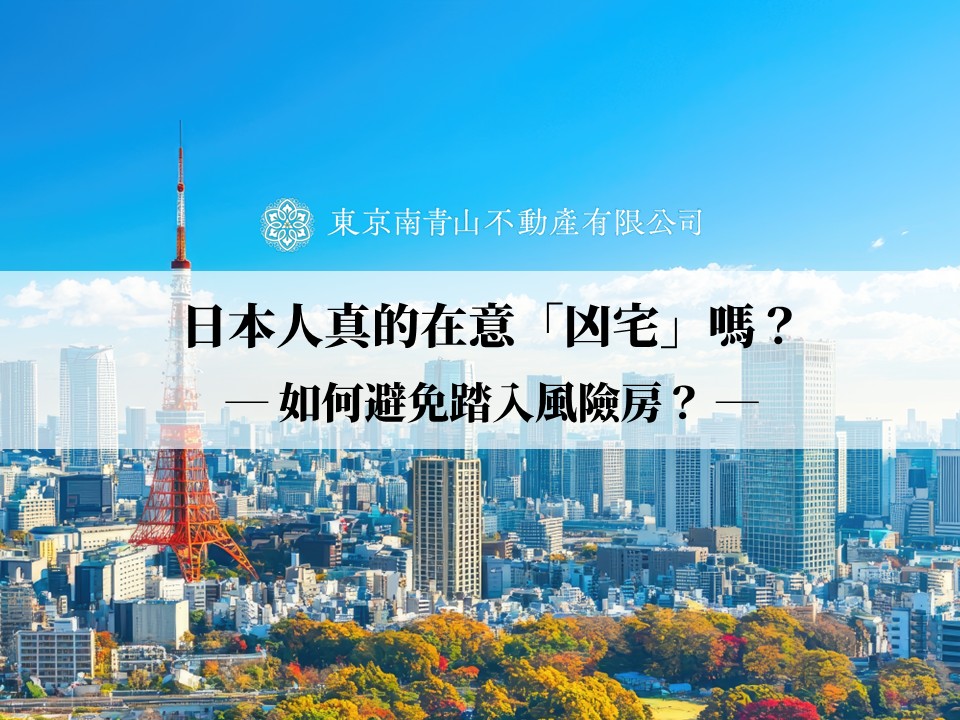In the serene countryside of Sanmu City, Chiba Prefecture—far from the hustle and bustle of urban life—stands a century-old estate with a traditional tea room.
Winding through rural roads lined with rice fields and rows of cedar trees, you arrive at this tranquil property. Located just 30 minutes by car from Kujukuri Beach and 20 minutes from Narita Airport, it’s less than an hour from Tokyo, yet feels worlds away. Time seems to slow down here.
History and Craftsmanship in Every Detail
The estate features a single-story wooden structure with a thatched roof, where every detail reflects the passage of time and the skill of master artisans.
Approaching the main entrance, you’re greeted by cedar pillars over 300 years old, radiating a warm, aged elegance.
Looking up, the ceiling showcases intricate kumiko latticework, crafted with techniques passed down through generations, casting layered shadows of light and texture.
In the corridor of the washitsu (Japanese-style room), the scent of tatami and wood blend together, and the air seems to carry traces of the lives once lived here—the rhythm of daily life still lingering.
This Is More Than Just a Residence — It’s a Legacy of Japanese Culture That Can Be Inherited and Revived
Restoration Is Not Just Repair — It’s Rebirth
This estate was not simply restored to preserve its old appearance.
Instead, it redefines traditional Japanese spaces by blending the texture of craftsmanship with the convenience of modern living.
New electrical, plumbing, and sewage systems have been carefully integrated with the original wooden structure.
The warmth of history is preserved, while allowing residents to freely enjoy nature and space in a contemporary way.
Added Value — More Than a Home, It’s an Experience of “Wa” (Japanese Aesthetics)
This tea room-equipped estate offers value beyond land and architecture.
It embodies Japanese culture and the aesthetics of wa.
Here, you can:
• Experience traditional tea ceremony and architectural craftsmanship, gaining deep insight into lesser-known aspects of Japanese culture.
• Create your own cultural space for private tea gatherings, art exhibitions, or cultural exchange events.
• Integrate the beauty of wa into your brand or lifestyle, making it not just an asset, but a unique symbol of identity.
What this estate presents is a fusion of culture and daily life—a form of added value that far exceeds the physical property itself.
A Place Where Life and Nature Intertwine
This property spans over 1,600 square meters (approximately 500 tsubo) of measured land.
Surrounding it are golf courses, strawberry farms, ancient burial mound museums, and various leisure facilities.
As the seasons change, so does the scenery and atmosphere:
• Spring: Cherry blossoms and strawberry season weave together the gentlest of landscapes.
• Summer: The sea breeze and sunshine from Kujukuri Beach add vibrant color to each day.
• Autumn: Rice fields and mountains turn golden, and the air becomes crisp and peaceful.
• Winter: The aroma of tea and the warmth of the hearth inside the estate create rare moments of quiet comfort.
Why now, why here?
Located in central Chiba Prefecture, Sanmu City is home to this estate, whose restoration is being led by Minami Aoyama Real Estate Co., Ltd.
We believe that the value of real estate is not merely a transaction of money and property.
It is a cultural and lifestyle regeneration project—a way to bring historical spaces back into use and make them the starting point of new stories.
• For investors, this is a rare, commercially viable cultural property.
• For those seeking a personal sanctuary, it is a home that can accompany you for generations,
and a space where you can experience the depth of Japanese culture and the beauty of wa.
This is more than just a building—it’s a place where culture and life converge, offering value far beyond the physical asset.
The Origin Story of the Japanese Tea Room
In Japan, the history of the tea room did not begin as a symbol of aesthetics and tranquility.
Tea was first introduced from China during the Heian period, alongside Buddhism. It was a simple herbal drink used by monks to stay alert during meditation—far from luxurious, and not yet a cultural icon.
Over time, during the Kamakura and Muromachi periods, samurai and aristocrats began to appreciate the taste and ambiance of tea. It evolved from a spiritual aid into a symbol of power and refinement.
Tea gatherings of the time were lavish affairs, filled with imported Chinese artifacts and elaborate displays. Held in grand halls, tea was used to showcase status, but lacked the quiet introspection we associate with it today.
It wasn’t until the 16th century, during the Azuchi-Momoyama period, that Sen no Rikyū, the revered tea master, revolutionized the relationship between tea and space.
He rejected extravagance and introduced the concept of wabi-sabi—finding depth in simplicity, and sensing the essence of life in silence.
To embody this philosophy, he designed a new kind of intimate space: the sōan-style tea room.
These tea rooms were extremely small, accommodating only two or three guests, built with bamboo, wood, and earthen walls—natural and unpretentious.
Guests entered by bowing through a low doorway called the nijiriguchi, symbolizing humility regardless of social status.
In the dim light and subtle scent of charcoal, the focus was solely on the bowl of tea, the conversation, and inner peace.
From then on, the tea room became more than a place to drink tea—it became a symbol of philosophy.
It is a space for meeting oneself and nature, a momentary escape from the world, and a distilled expression of Japanese aesthetics.
The spirit and design left by Sen no Rikyū continue to this day. Whether in private homes, gardens, or cultural spaces, every tea room carries the profound essence of “simplicity with depth.”
Why Is This Kind of Tea Room Estate Found in Chiba?
Chiba—especially the hilly, rice field-filled region of Sanmu—has long been a retreat near Tokyo.
As early as the Edo period, samurai and wealthy merchants built villas here to escape the bustle of Edo Castle, using the area for rest, summer retreats, and cultural gatherings like tea ceremonies.
Back then, transportation relied on horses and boats. Chiba was close enough to Edo to be accessible, yet far enough to offer peace and quiet—making it an ideal place for relaxation.
The natural environment of this land is also uniquely suited to tea culture.
Sanmu’s gentle terrain, with its mix of hills and rice fields, mild climate, and abundant water sources, provides ideal conditions for gardens and tea rooms.
The scenery of distant mountains, forests, and farmland serves as a perfect borrowed landscape (shakkei), allowing tea rooms and gardens to engage in a dialogue with nature across the seasons.
Nearby resources like Kujukuri Beach and local forests also supply ample bamboo, wood, and thatching materials, enabling traditional roofing techniques to be preserved.
During the Meiji and Taishō periods, with the development of railways and roads, Chiba’s role evolved further.
It became a popular summer and vacation destination near Tokyo, attracting tea masters, artists, entrepreneurs, and social elites.
They built traditional estates with tea rooms, using them as family retreats and cultural salons where tea, art, and human connection intertwined to form a unique lifestyle.
Today, as urbanization and land development continue around Tokyo, estates that combine traditional architecture, tea rooms, and expansive land have become exceedingly rare.
Chiba—especially Sanmu—remains one of the few places where such spaces can be preserved and revived, offering a rare opportunity to once again experience the harmony of nature, craftsmanship, and culture that defines the beauty of wa.


